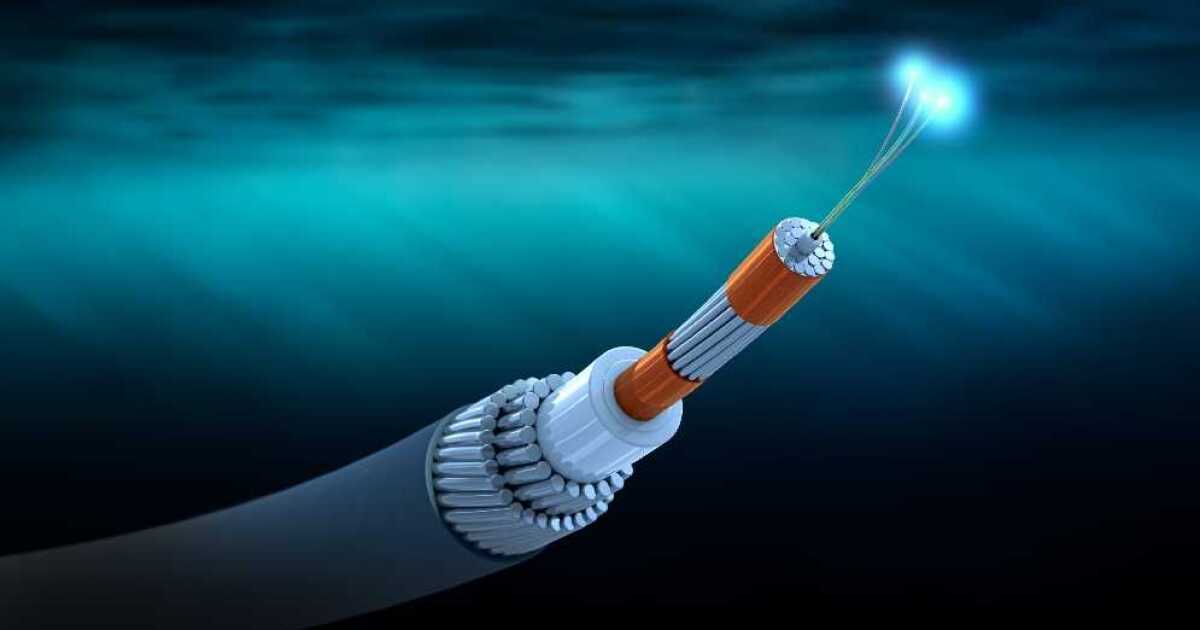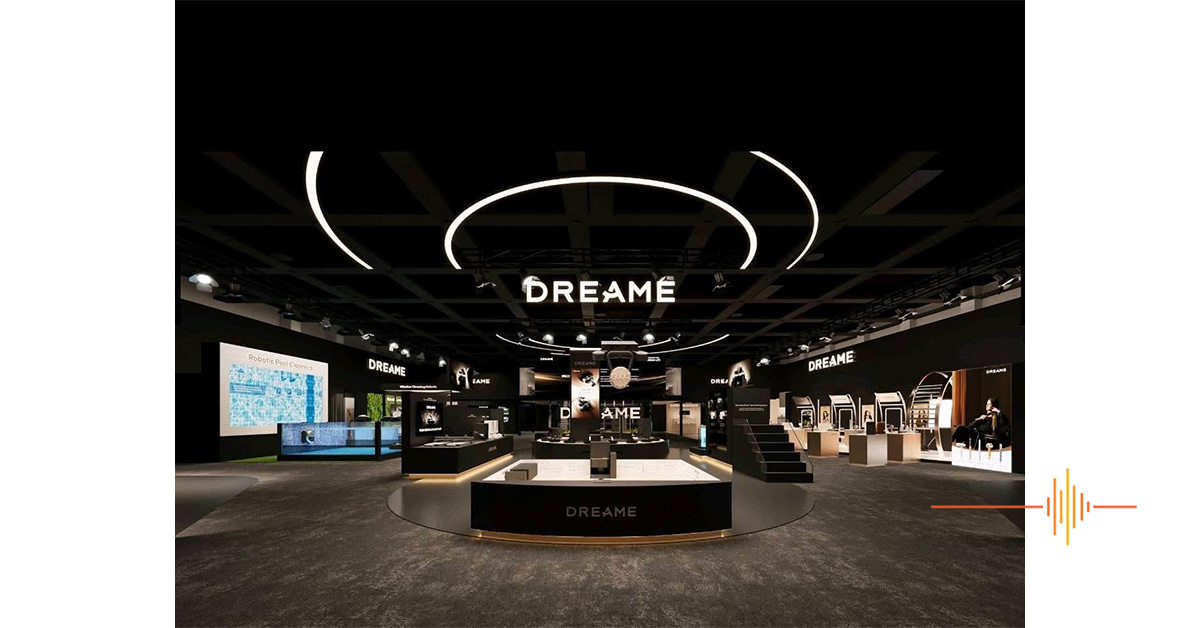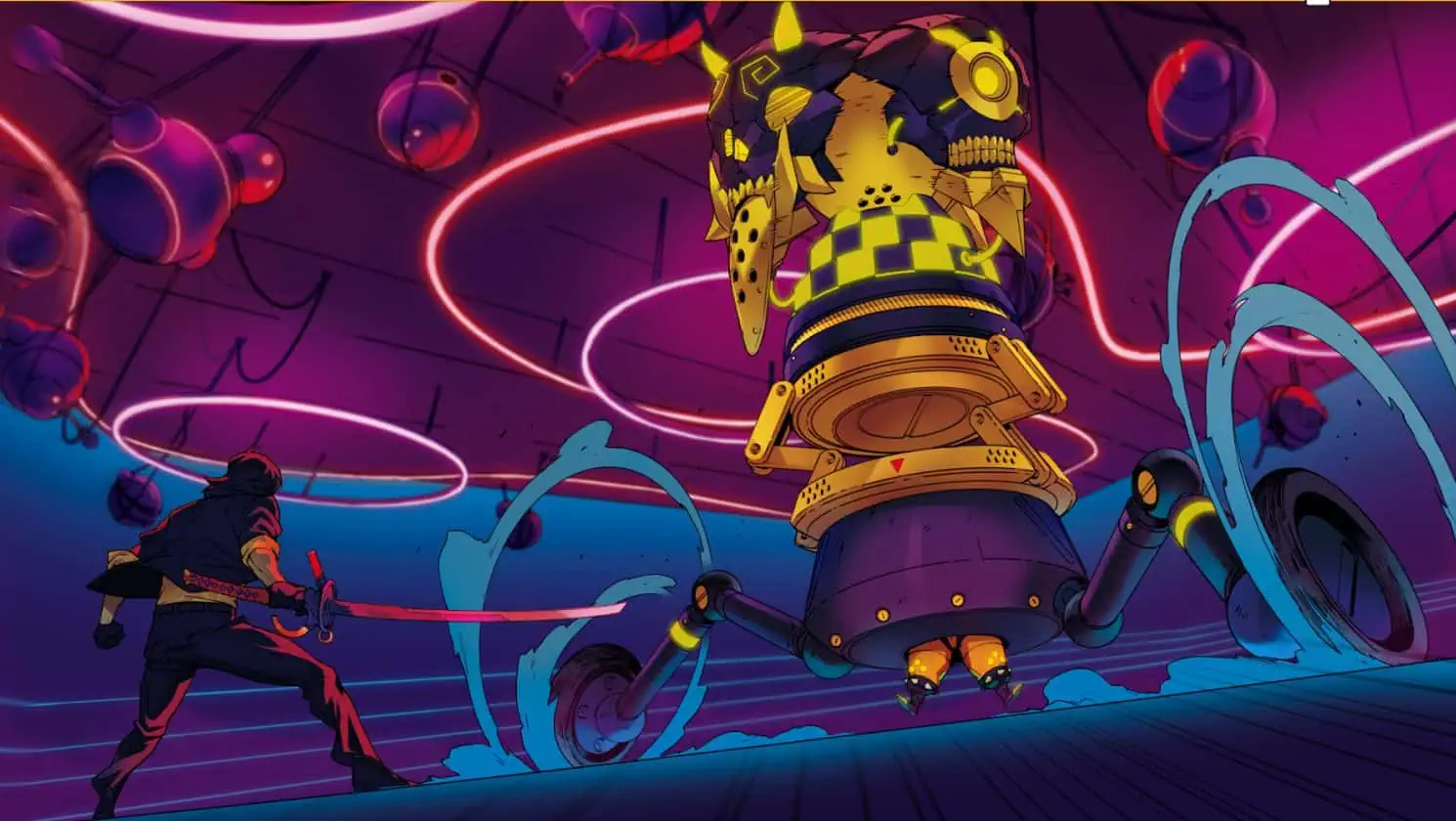ASUS Transformer Book Flip TP200SA is the official name of this laptop according to the ASUS website and boy is it a mouthful. Sometime during the development process ASUS took a look at this laptop and decided to cram an extraterrestrial autonomous race of cybernetic aliens, a combination of pages attached to each other and a verb practiced by olympic divers into the name of this device. Then they decided to round it off by giving it a surname you’d expect to hear in a Terminator movie. As a result, I started the two weeks I spent using the TP200SA with a humorous laugh.
Design and Hardware
The TP200SA weighs 2.63 pounds and measures 18.45 x 297 x 201.3 mm in dimensions. It sits in that odd range of being slightly too big to carry around in one hand yet too small to necessitate carrying it around in both. The lid of the TP200SA was made of brushed aluminum with a navy blue hue to it; be warned though, the lid is an absolute magnet for fingerprints and other oil based residue making cleaning it a chore. The bottom of the laptop as well as the sides bordering the screen are black plastic. Surrounding the keyboard is plastic of a similar hue to the navy blue aluminum but luckily without the fingerprints. Overall it’s quite pleasing to the eye.
The keyboard itself is placed high up on the deck giving my palms plenty of space to rest on. The only downside I saw to the TP200SA’s keyboard was the fact that it wasn’t backlit, meaning you’d have relegate your use to it in brightly lit rooms. The shallow impression of the keys may slow down the typing speed of someone migrating from a mechanical keyboard; it took me a few hours before I was able to adjust accordingly.
The touchpad is of similar colour to the deck, distinguished only by depression and a silvery line separating the left and right portions of the touchpad. Considering the size of the keyboard, it’s quite aptly sized something, not being grossly large as was the case with the Acer Aspire R14. It’s quite responsive but never got activated from the brush of my palm as some laptops are prone to. A feature called ASUS Smart Gesture lets you select what tapping or swiping with different amount of fingers results in; for instance tapping once with four fingers opens up Microsoft’s notifications bar, while a three finger tap executes Microsoft Cortana.
The singular long 360-degree hinge lets you rotate the lid, transforming your laptop into a stand, tent or tablet. However due to its size it didn’t fit too comfortably into the crook of my elbow but you can get used to it letting you carry it around for extended periods of time before your arm starts aching. A feature called ASUS fliplock ensures that the the keyboard and touchpad automatically turn off when the TP200AS is in either the tablet, tent and stand mode.
The TP200SA also comes equipped with a whole plethora of I/O ports: on the left side of the laptop there is a D/C in port, a micro-SD card reader, a micro-HDMI port, a USB 3.0 port and a still uncommon USB-C port. Also located on the left is a volume rocker and the power button. The right plane houses a USB 2.0 port and a 3.5 mm audio port. A 640×480, 0.3 megapixel front-facing camera can be an asset during those long winded family Skype calls but as with budget laptops this the sort of camera spec you would expect.
Display
Unlike the Aspire R14, the TP200SA’s display falls short at a resolution of 1,366 by 768 but the IPS technology kicks in ensuring that the picture you’re getting is sharp and crisp. It is also of the similar resolutions that most laptops in this range adopt. Since this is a touchscreen laptop, the display is glossy and is incredibly reflective, even in a normally lit room which points to the glaring fact that the highest brightness level of the screen isn’t where it needs to be; a jaunt on the metro with the TP200SA meant I had to hunch over the screen so as to eliminate reflections of light sources so as to clearly view the screen. Viewing angles are great even if reflections accompany your view of the screen from certain angles. Colour levels and contrast are surprisingly good despite the brightness levels, giving you deep blacks and vivid pictures. The touchscreen itself is highly responsive, able to accommodate and track up to 10 input sources.
Performance
And here’s where the rating on the laptop smashes through the floor. The modern tech savvy human being often has more than one application in use, more than one tab open in Google Chrome and switches between different applications and tabs with the speed and frenzy one might associate with a berserker. With the TP200SA however you’re weighed down. An Intel Celeron clocked at 1.60 GHz runs the system with 2 gigs worth of RAM struggling to keep everything open. A simple viewing of task manager’s performance tab will instantly tell you that this is not a laptop for multitasking. With no applications open, more than a GB worth of RAM is already being sucked into keeping background processes running.
Opening Google Chrome with an empty tab running hikes it up even more. Even using browsers that aren’t so memory taxing don’t go far to alleviate the problem. The Intel Celeron does not like to be pushed, often leading to depressingly slow switches between programs. Switching between tabs in Chrome became a circus trick as I had to constantly juggle between them, else the tabs lose memory, forcing me to reload a tab if I switch to it after a few minutes of not viewing it. Storage levels on the TP200SA are bizarre, with my review model having only 32 GB worth of storage space on a eMMC hard drive. There are two other models, one that has a 64 GB eMMC hard drive and another 128 GB SSD version. I implore a prospective buyer to get the SSD version; of the 32 GB on my laptop, only 7 is free, the rest taken up by the system and an abhorrent variety of bloatware. However ASUS does offer 500 GB of Asus WebStorage (cloud storage for 2 years) + 1 TB on OneDrive (cloud storage for 1 year).
As a result gaming and other heavy duty applications are not ideal on this laptop due to the specs.
Audio
The ASUS TP200SA has speakers placed on the bottom of it, near the front end. While audio doesn’t sound too muffled, low volumes is often devoid of sound whilst racking up the volume knocker produces decent sound, it isn’t great, as some frequencies aren’t emphasized as well as they could be. While it may irk an audiophile the sound comes across fine for the average user.
Battery
The battery on the ASUS TP200SA does quite a solid job, running for 7 and a half hours before it dips below 10%, making me look around frantically for a charging port. The 38 Whrs Polymer battery is one of the laptop’s better features, letting me go through a Daredevil season 2 Netflix binge all day long with the screen on half brightness which is fantastic for a laptop of this size and cost.
Conclusion
The ASUS Transformer Book Flip TP200SA is a good convertible budget laptop at a great price with a solid design and build quality, a wide variety of I/O ports and fantastic battery life. The display is mediocre but that’s what you’d expect in this price range.
Unfortunately the TP200SA is bogged down with bloatware that its hardware cannot cope with, resulting in slow loading times and the inability to multitask. As a result in the end it feels like you’re wasting the AED 1,080 you’ve spent on it.












